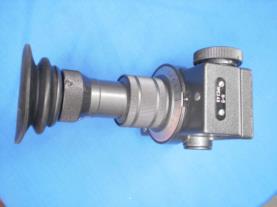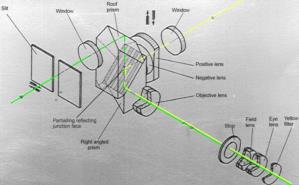
NavList:
A Community Devoted to the Preservation and Practice of Celestial Navigation and Other Methods of Traditional Wayfinding
From: Bruce J. Pennino
Date: 2013 Mar 20, 22:52 -0400
Bruce
----- Original Message -----From: Bill MorrisSent: Wednesday, March 20, 2013 2:10 AMSubject: [NavList] Re: Measuring (and Calculating) Dip
Here are some data from last Tuesday at Henderson Bay in 34deg 44'S, 173 deg 07'E.
Cloudless sky. Air Temp 25 C; sub surface temp 21 C. Wind speed zero. Wave height negligible though swell of about 1 metre visble off-shore (perhaps ex Typhoon Sandra).
Height of eye in metres is given first, followed by dip face left and face right.
1.89 2' 48" 2' 11"
2.14 3' 05" 2' 35"
3.10 3' 17" 3' 13"
3.92 3' 27" 3' 36"
14.5 8' 13' 7' 39"The last height of eye was taken from Google Earth. The others were measured with staff and level. AS I have noted previously, sometimes the horizon appears to rise and fall by up to 30 seconds and with high magnification the horizon is irregular and difficult to define.
For those who are not familiar with it, I have attached a diagram showing the light path of the Soviet N5 Dip Meter referred to in Brad's post and a couple of views of the instrument. It is a compact and light instrument. It is a little difficult to use because the movements required to view both horizons and bring them into coincidence are counter-intuitive, but once the tricks are mastered it gives the dip directly with a precision of 0.2 minutes on an easy-to-read scale.
Bill Morris
Pukenui
New Zealand
----------------------------------------------------------------
NavList message boards and member settings: www.fer3.com/NavList
Members may optionally receive posts by email.
To cancel email delivery, send a message to NoMail[at]fer3.com
----------------------------------------------------------------
Attached File:
Attached File:
Attached File:: http://fer3.com/arc/m2.aspx?i=122992









